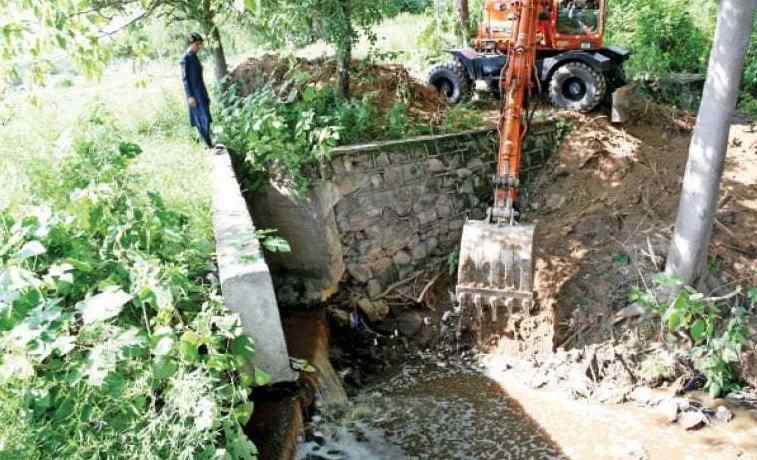Islamabad — In a renewed push to protect the iconic Margalla Hills National Park (MHNP) from ongoing land encroachment, the Capital Development Authority (CDA) has kicked off a large-scale fencing operation along the park’s vulnerable boundaries.
Starting from the Taxila side and stretching all the way to Murree, the CDA plans to install boundary pillars and fences to clearly demarcate the national park from adjoining private properties. The move aims to address decades of confusion and unchecked construction that has plagued the park’s edges—particularly in Zone III, where private and public lands blur.
“The lack of clearly defined borders has long been exploited by land grabbers,” said a CDA official involved in the project. “Once this fencing is done, there’ll be no room for ambiguity.”
Leadership Pushes for Swift Action
CDA Chairman Mohammad Ali Randhawa, who recently visited the site with board members, has instructed the engineering department to begin work without delay. Speaking to Dawn, Randhawa emphasized that MHNP is a defining natural asset of Islamabad and must be protected both for its ecological value and national significance.
“We’re committed to completing this fencing project quickly and efficiently,” he said. “This is not just about land—it’s about safeguarding our natural heritage.”
He also highlighted the CDA’s coordination with other agencies, including the Ministry of Climate Change, to ensure long-term protection of the area’s environment and biodiversity.
Not the First Attempt—But Promises of Follow-Through
While a similar fencing effort was initiated in the past, it was abandoned in its early stages. This time, officials insist the operation will go the distance. “We are not just restarting; we are rethinking how it’s executed. Pillars and fencing will go up side by side,” said a CDA board member, projecting that the work could be finished within a few months.
The Survey of Pakistan had already marked the MHNP boundaries in 2008 and reconfirmed them in 2023, so groundwork for the project is already in place.
Zone III: The Policy Vacuum That Won’t Go Away
While the fencing may resolve issues within the national park, it won’t address the regulatory vacuum in Zone III—an area of over 50,000 acres, of which approximately 30,000 acres fall within MHNP. The rest is private land, home to numerous villages and unregulated settlements.
Residents in this zone find themselves caught in limbo: they cannot build homes legally due to a construction ban, yet the CDA has not offered any urban planning, utilities, or infrastructure. The result is a growing slum-like sprawl in a highly sensitive ecological zone.
An official familiar with the issue criticized the CDA’s inaction on Zone III:
“You can’t just ban all construction on private land and then provide nothing in return. People will keep building however they can. If the CDA won’t acquire the land, it must at least set rules and provide basic services.”
Adding to the chaos, land transfers in Zone III are officially banned but continue informally via stamp papers—raising concerns about legal loopholes and future complications.
The Bigger Picture
While the new fencing initiative marks a meaningful step toward environmental preservation, the broader challenge remains: without a long-term urban development plan for Zone III, encroachment pressure will persist. The CDA’s effort to protect MHNP is commendable—but unless accompanied by a coherent policy for the surrounding areas, it may only be a partial fix.
Bottom Line:
Clear boundaries might stop illegal takeovers—but only holistic planning will stop the sprawl.

